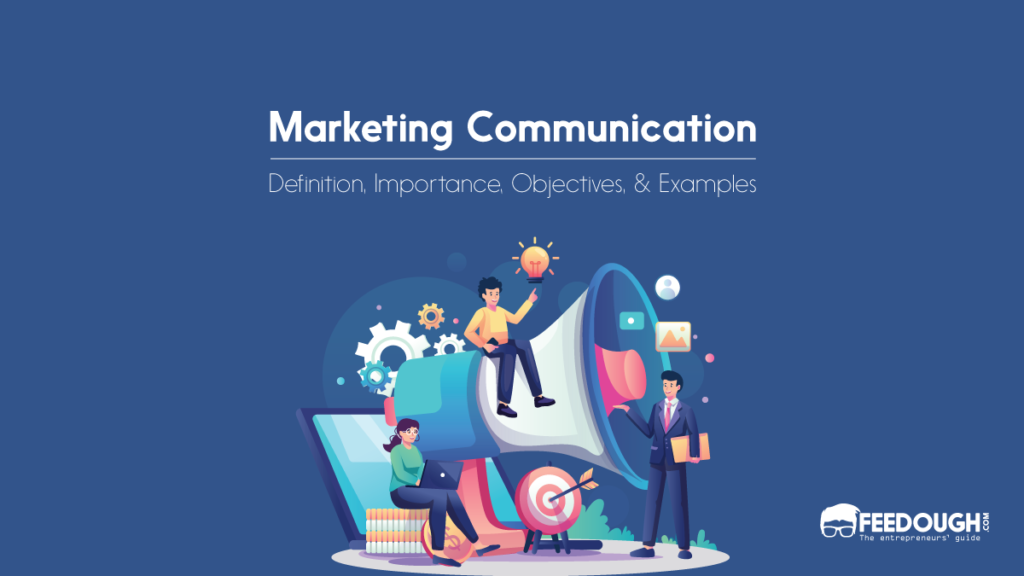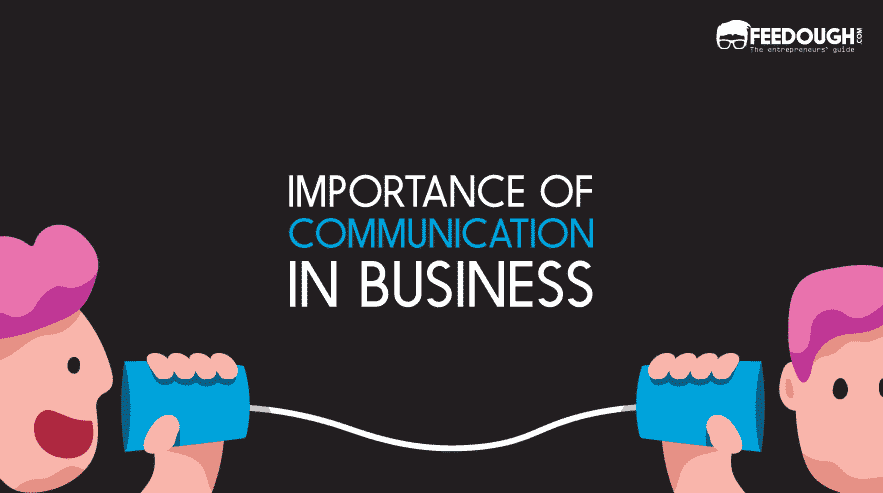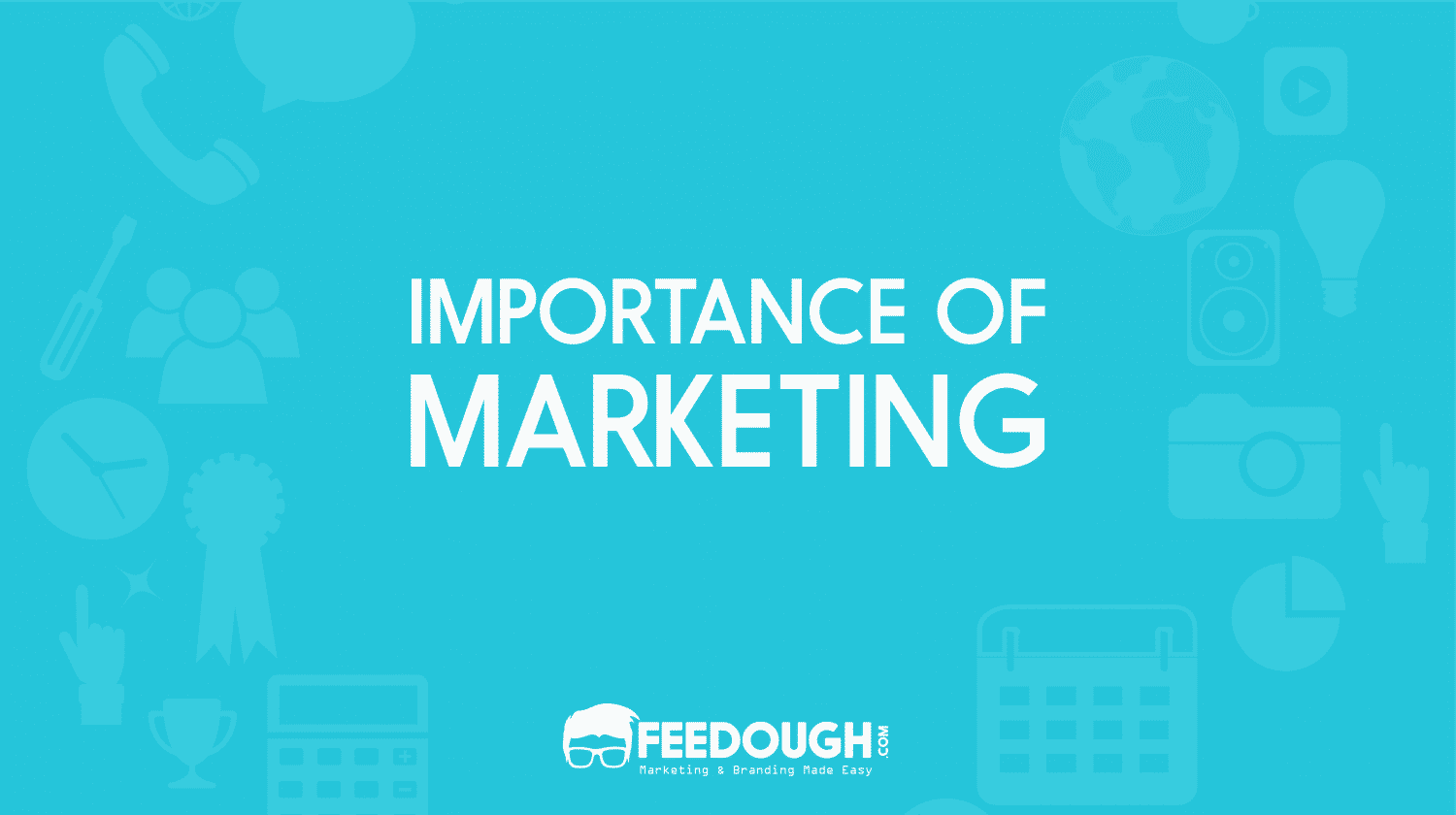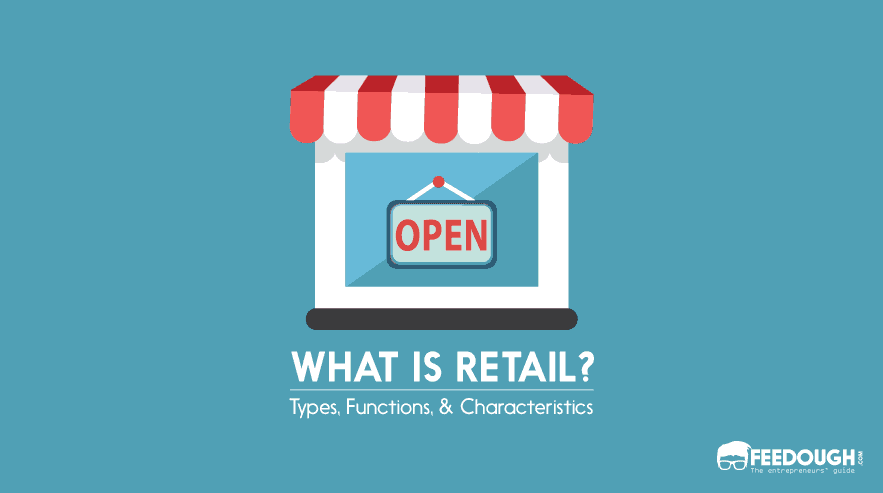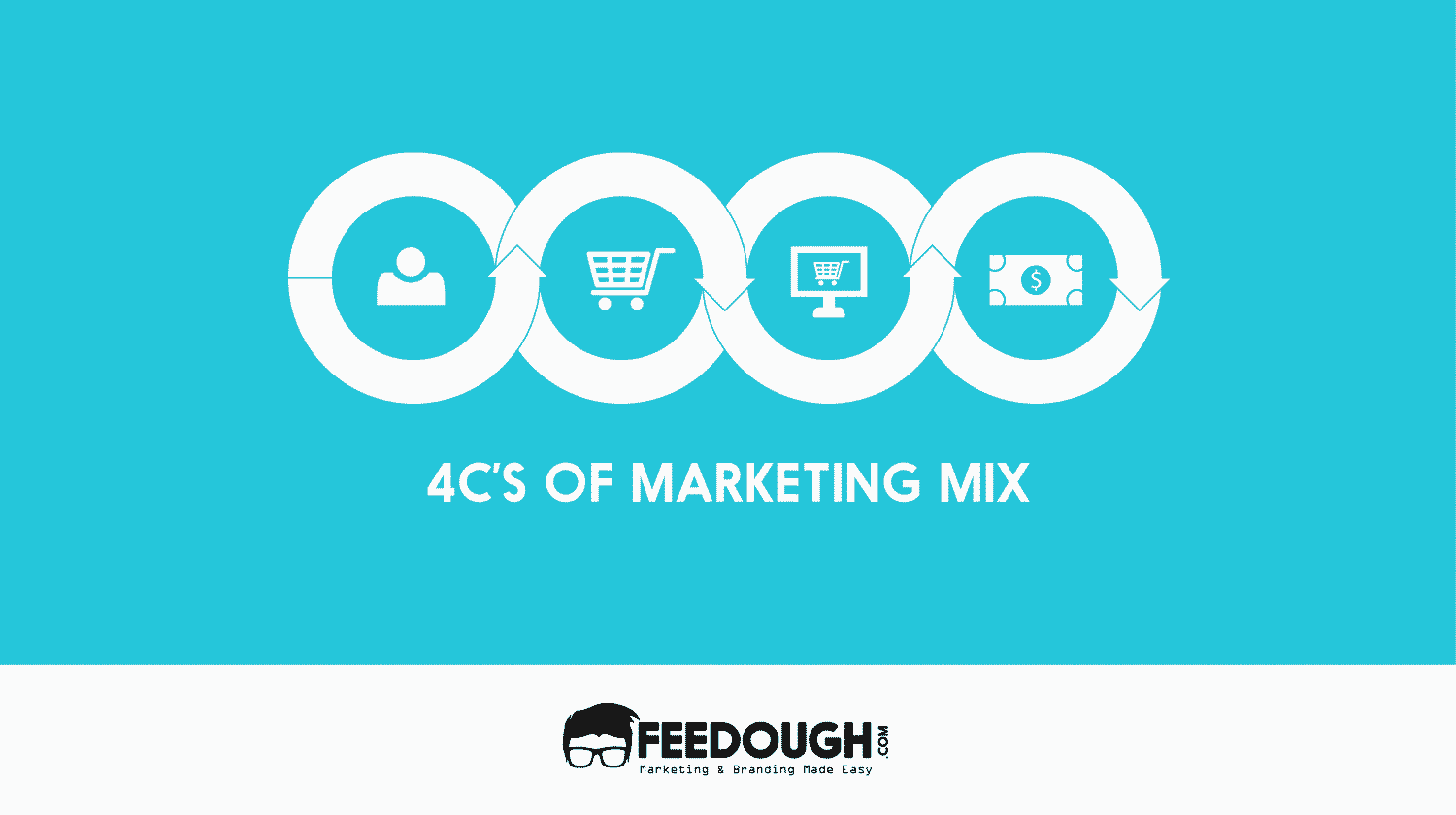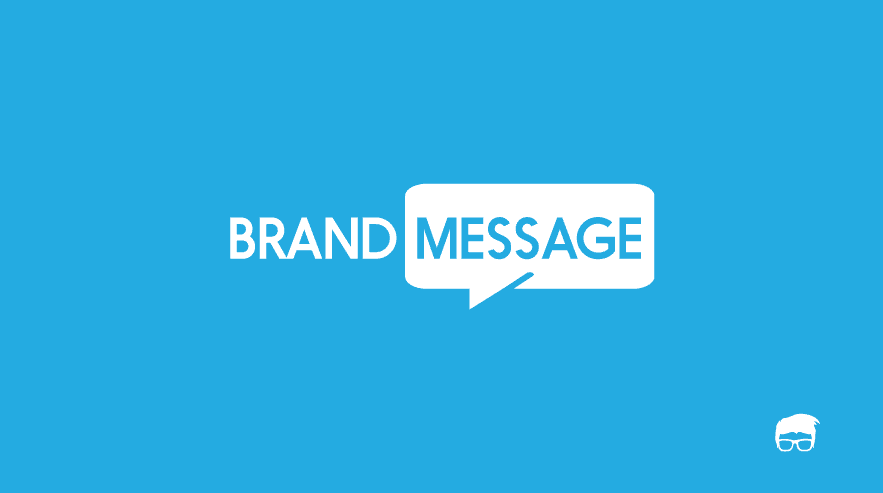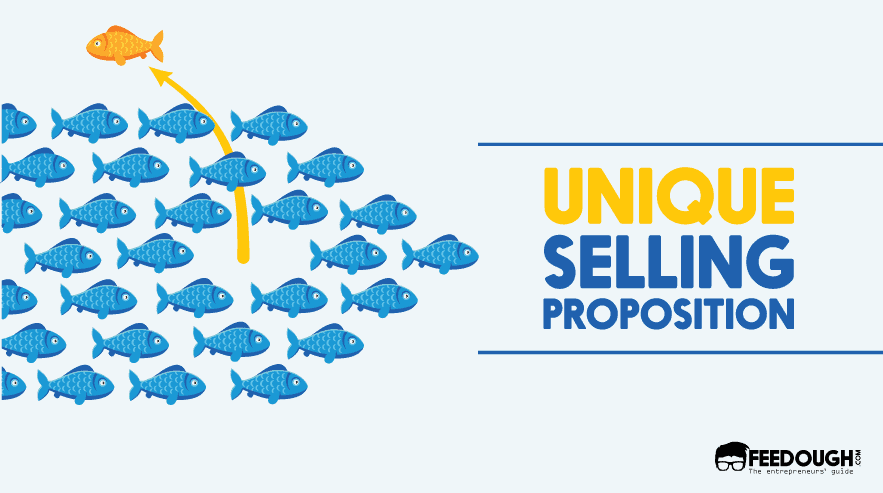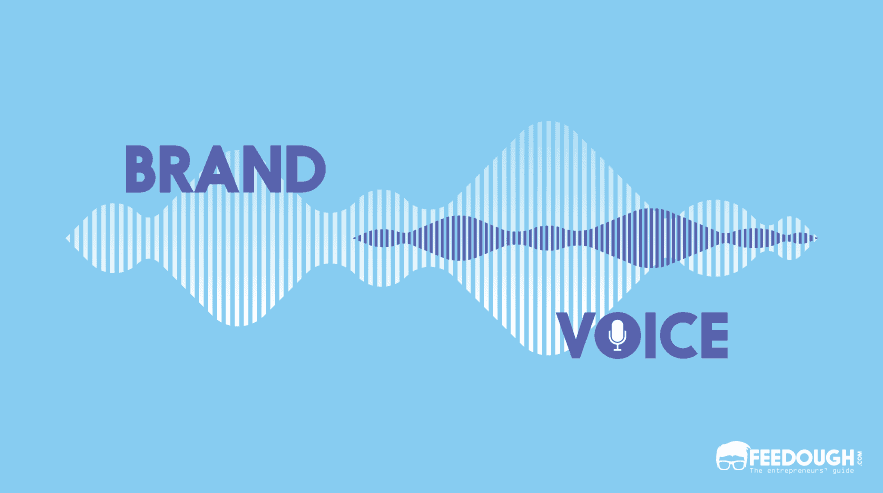If a company does not communicate about its offerings, how would its customers know they exist?
Companies communicate with people to popularise the product and shelf it in the market. Because that is how they stay in touch with and convey important information about the company to customers.
But what is marketing communication, why is it important, and what are its objectives and characteristics? What is the MarCom process, its types, and its benefits?
What Is Marketing Communication?
Marketing communication refers to using different marketing channels and tools in combination to deliver a marketing message to the target audience.
It combines various marketing channels and tools, including social media, PR, direct sales, advertising, online presence, packaging, and more, to deliver the intended message to the target audience. This communication ensures the right message reaches the target audience through the right channel and achieves the goal planned by the marketer.
For example, McDonald’s uses a mix of TV ads, OOH, radio spots, digital campaigns, and more to communicate the launch of a new toy in its Happy Meal boxes. Similarly, Apple uses a mix of TV ads, radio spots, print media campaigns, and digital presence to communicate the features of their latest iPhone.
Importance Of Marketing Communication
Marketing communication is essential to move the message, ideas, and product details from the brand to end users and helps maintain a healthy relationship between them. It is also vital to achieving the marketing goal, generating leads, and boosting sales.
Besides this, it is also important to:
Reach The Right Audience
The marketing communication language aims to reach the specific persona since that serves as a bridge between the brand and the consumer. Clear communication between producer and consumer makes reaching the right audience possible.
Circulate The Message
For people to purchase the offering, they must know it exists. And thanks to marketing communication, they notice the product or service exists.
Communication also makes the customers understand the brand better and makes them feel more related to it.
Achieve Marketing Objective
Every manufacturer, whether owning large-scale or small-scale production, intends to sell its products in the market. There is a high-level competition between them, be it any field or industry today. The proper communication and promotional program helps companies to face this cutting-throat competition and achieve their marketing objectives.
Keep-Up Sales In Recession
In the economic world, a broad trade cycle comes from time to time, and the right sales, communication, and promotional strategies only help to keep up the company sales in a recession.
Educate Customers
With the development of distribution channels, several middlemen have entered between the manufacturers and the customers of the products. Therefore companies necessarily gear up their sales policies and communicate with customers to educate them and coincide with the middlemen whenever companies have something new to share.
Marketing Communication Objective
Marketing communication primarily aims to create and sustain the demand for a product which companies achieve through disseminating the intended marketing message to the target audience through different channels and tools.
Sharing the main idea involves conveying information about the product – its features, functionality, usage, benefits, and all about that product.
For instance, a TV Ad for a new printer tells the user that there is a newly launched printer that an individual can use for colour printing or black and white, offering a value proposition others aren’t providing.
Besides this, marketing communication also aims to:
- Persuade: Effective marketing communication processes motivate and persuade the audience to take some action (purchase, visit the website, try a product, or more) or develop a positive perception.
- Remind: A reminder message is another marketing communication objective that aims to help customers remember that they were using this product and it is still available in the market. Companies basically send these reminders to users to make them offset other similar products in the market.
- Reinforce: The communication intends to reinforce and reassure a customer’s satisfaction after they have made a purchase. The company confirms to the customers that their beliefs and attitudes are correct, that they made the right decision by purchasing, and explains how to get the best results and how they can maximise their satisfaction. This objective aims to maintain the market share rather than create the new one.
Characteristics Of Marketing Communication
Several characteristics separate marketing communications from other forms of communication. These include:
- Target audience oriented: When crafting messages, marketers always focus on their target audience and how they should be addressed. They also consider what the best channels are to reach them to make sure that their message is received by the right people at the right time.
- Ongoing process: The marketing communication process is never-ending. Just as regularly fueling the vehicle is essential. Similarly, the regular circulation of information and communication is vital for an organisation to keep operating.
- Persona-oriented: The process revolves around the company’s target persona and communicates the message in a way the customer wants to hear.
- Two-way process: To communicate, two personas need to get involved and exchange ideas. It is because communication is incomplete unless the receiver has understood the message and the sender has received feedback, reaction, or action.
- Pervasive activity: Communication is a pervasive activity. This means it applies at all levels and everywhere for smooth functioning. It is a universal element in the management process and the organisation to function.
- Mutual understanding: Mutual understanding in marketing communication means the receiver receives the message with the same spirit with which the company sent it.
- Can be direct or indirect: Direct communication is usually done through face-to-face contact, while indirect marketing communication involves a medium such as television and radio advertising.
The Marketing Communication Process
The marketing communication process focuses on delivering the company’s message as effectively, clearly, and accurately as possible to the target audience. This process consists of the following components. These are:
- Sender: The company that produces or offers the product or service.
- Encoding: Framing a message in comprehensible terms for the audience.
- Message: Information framed by the marketer to convey to the audience.
- Transfer Mechanism: Medium or channels used to transfer the message.
- Receiver: An audience member, customer, or prospect.
- Decoding: How the receiver interprets the message.
- Feedback: Evaluating the performance of the campaign.
Sender
Sender refers to the marketing firm or the person who sends the message to the audience. The sender is the source of the message and is also the one who has something to convey.
Consider a McDonald’s commercial about a newly launched hot meal pushed out to children to invite them to taste it. Here, the sender is McDonald’s.
Encoding
A company encodes the message before they send it across. Encoding is converting thoughts, ideas, and information into meaningful symbols. Encoding ensures that the message gets easily interpreted by the viewer, who is often the end consumer.
For example, encoding the message in McDonald’s ad is about wanting to frame a message informing children that McDonald’s has launched a new hot meal and is running an offer on it.
Message
A message can be in any form, including but not limited to verbal, non-verbal, oral, written, or symbolic. It contains all the information companies want to convey, which is clear and effective enough to reach the communication objective successfully.
For instance, in the same McDonald’s ad, the framed assertive message about the launch of a hot meal and an offer for children to taste it is the message.
Transfer Mechanism
A transfer mechanism is a means of sending encoded messages. Let’s classify mediums into the following two categories –
Personal
Personal medium includes interpersonal conversation (talking face to face) with the target group or person.
For instance, a customer getting a call from McDonald’s about the offer and newly launched meal or getting information about it when a customer is in its store in a personal conversation.
Non-Personal
These channels shelve the personalised information for a particular persona (in general) the company targets and do not involve any personal contact. Two classified categories it includes are –
Electronic Media
- Audio channels: radio and podcast advertising
- Video advertising: television and YouTube
- Social media and more
Print Media
- Print and digital publications
- Magazines
- Newspapers
- Direct mail and more
Billboards, ads on social media, or receiving them in the mail are a few examples of non-personal mechanisms.
Receiver
It is the target audience, customer, or prospect who receives the message in any way, including hearing, reading, or listening. The receiver is the person or a group of people the sender wants to communicate with.
Explicitly, children in the McDonald’s ad are receivers.
Decoding
Self-reference criteria (SRC) highly influence the decoding of the message. Decoding a message is how an audience member interprets and understands the message. This process primarily includes comprehending the encoded message.
For example, let’s suppose MacDonald’s shared a message with children about the newly launched hot meal and an offer. But after the child receives the message and understands it as it was intended, he decodes it.
Response
The response is the reaction of the customer who received the message. The response can be any action, visiting the website, purchasing, signing up for the updates, or more.
Going with the MacDonald commercial, if, after receiving the message, the child insists their parents to take them to Macdonald’s or order it online, it is the response.
Feedback
Feedback allows customers to share their experience in detail with the product or the service with the company. When receiving feedback, companies get in tune with the customers and try to entrench them with their brand.
Explicitly, if the kid gets overwhelmed with the MacDonald’s hot meal and shares the experience, it is feedback for the company.
Types Of Marketing Communication (Marketing Communication Mix)
MarCom uses different ways of reaching out to its customers, thus implying a marketing communication mix to reach out to them. The channels used are as follows:
Advertising
Advertising is a marketing communication technique that involves paying for a space to promote a product or a service. Advertising, ads, or shorts are all forms of promotional content. The motive of sponsored content is to entice the target audience to buy or pay for their product or service.
For instance, a gifting company will appear at the top of the search results (under the sponsored section) for people who searched for – buy a birthday card and cake.
Sales Promotion
Sales promotion is about using a promotional mix to run temporary campaigns to increase people’s interest and boost the demand for its product.
These short-term campaigns include sale offers, coupon codes, referral points, discounts, loyalty programs, free delivery, and other offers. With this approach, companies compel customers to take action immediately, attract prospects, sell old products, or fulfil other goals.
For instance, buy one get one free is a sales promotion. Another example can be 50% off campaigns run by companies.
Personal Selling
Personal selling, also known as face-to-face selling, is a method in which a salesperson directly deals with the customer and assists them in buying.
The personal conversation typically happens via phone, email, video chat, or a personal meeting. Personal selling helps small-business, especially those that deal in high-quality or complex products and companies use it in retail or trade selling.
For example, a property dealer’s sales representative may explain the house to a prospect interested in buying it more accurately over the phone, through video chat, or in person.
Direct Marketing
Direct marketing is a communication form through which companies share offers and product details with pre-selected customers and sets a method to receive a direct response. Companies distribute their sales pitch through mail, texts, and phone calls.
In direct marketing, a brand knows its customers well and shares coupons, gift cards, special offers, discounts, or schemes when users need them.
For instance, a diagnostic lab offering a health check-up at a lower price when most people are infected by the flu is a direct message.
Public Relations
Public relations refers to an organisation holding strategic conversations, dissenting information, and conducting various activities to promote and protect the organisation’s image in public to ensure customers have a positive disposition towards the brand.
Companies control PR, which involves sharing brand awareness through sponsored events, press releases, news conferences, interviews, and journals, to maintain the company’s reputation.
For example, if a shoe company shares with its users that they are soon running a shoe giveaway drive for those who need it and asks its customers to join in the cause, they are running a PR activity. It will gain them popularity for contributing to a good cause.
Word-of-Mouth Marketing
A happy customer naturally promotes a product to their close ones, or when their daily dialogue reflects their interest in the product – it is word-of-mouth marketing.
Since most people believe in the recommendation of the closed ones, word-of-mouth has become one of the most effective marketing communication tools.
To gain more brand promoters, brands develop referral programs and offer coupons, discounts, or other offers to invite them to join the loyalty programs.
For example, X installed a payment application on their phone; he liked it and wanted to share it with friends. When he shares the link, he asks them to add his referral code to the app while signing up. When the company knows that X has become a brand promoter, they offer more coupons or referral points to that customer to make them invite more prospects.
Social Media Marketing
Social media marketing is about leveraging powerful social media platforms to promote products and services organically and non-organically to a vast audience globally to achieve branding, marketing, and sales goals, cost-effectively.
Since 4.48 billion reportedly use social media, more than half of start-ups consider using social media platforms, including Facebook, Instagram, Twitter, LinkedIn, and more, to market their products.
Social media supports ads in various forms, including video, story, interactive video, carousel and collection videos, in-feed videos, posts, and more.
Benefits Of Marketing Communication
MarCom is a fusion of the company’s promotional tools and communicating value to the target audience, bridging the gap between the customer and the company and developing positive customer relationships persuasively. Marketing communication has tangible benefits for businesses, which are:
Develop Strategic Vision
Through marketing communication, it is easy for companies to decode the growing demands and needs of the customers and thus help them develop a strategic vision and create plans which enable the business to grow.
Companies use different platforms to share product speciality, marketing communication, build brand identity, and boost sales and marketing opportunities.
Create A Competitive Market Edge
Effective MarCom strategies position a company as being superior to its competitors. The message delivered to customers highlights –
- Reasons customers should purchase from them over other options available in the market
- Benefits of the products
- How the product solves a customer problem
- How they meet the needs of customers
- Displaying unique features of the product
These marketing communication tactics ingrained in the communication attract customers and give companies a competitive edge in the market.
Build Trust In The Brand
For people, it is easier to trust a brand that responds constantly. Thus, the brands communicating with their customers, taking part in the conversation online, settling down conflicts, and spreading the information continuously help build brand trust and goodwill among the people.
Get Innovative with Marketing Ideas
People want a more humanised approach from brands, crave creativity, and get attracted to innovative ideas. Understanding the importance of all these factors that satisfy the customers, the marketing team gets inventive with their work. It benefits the brand by giving it an edge in creativity and making them stand out from competitors.
Retain And Attract Customers
In order to retain existing customers and attract new ones, staying transparent, consistent, direct, and crisp stands essential for any brand – which is today done through the MarCom by the companies.
When marketing teams today understand and duly grasp the importance of MarCom, brands build customer trust, goodwill, and direct relations with customers. They thus retain and attract customers and prospective customers.
Boosts Return On Investment (ROI)
MarCom involves spreading the message and getting customers’ attention to entice them to talk to the brand. But the goal of the marketing communication strategy is not limited to interactions. It is also to get profit and revenue growth. Companies maintain strong interactions to spread brand awareness, build trust, nurture customers, provide offers, and close higher sales, thus achieving a higher ROI.
Challenges Of Marketing Communication
Today marketing is so fast-paced that it has become difficult for companies to identify which areas they need to rectify in Marketing Communication to develop to facilitate stronger growth. For that reason, it is crucial to stop and take a look at the challenges marketers feel they are facing –
Increased Competition
The more industries experience growth, the more markets and companies face competitors. With competition becoming wealthier every day, it becomes a challenge for marketers to get competitive, prove that their work is more promising than others, and produce higher outputs.
Having A Competitive Team
The team’s experience and skills are critical factors in developing an effective strategy. Since talented professionals are always in high demand, finding, recruiting and maintaining them is a challenge.
Finding Right Tools
Marketing tools and tactics change with time and changing demands of the customers. Having adequate knowledge of which tool to use or having them at their disposal becomes a challenge for companies to reach out to the customers, automate the process, stay agile, be competitive, and often miss out on the latest marketing trends.
Maintaining A Budget
If the company faces losses and the marketing campaigns are not reaching the set return on investment goal, the companies face a challenge maintaining a budget. Insufficient budgets prevent marketers from reaching out to leads or slow down the reaching process, thus hindering the company’s growth.
Generating Leads
With stiffer competition, changes in the realm of identity, privacy, and cookies, and more options surfacing in the market, driving quality leads and turning them into paying customers is a challenge.
Go On, Tell Us What You Think!
Did we miss something? Come on! Tell us what you think about our article on Marketing Communication in the comments section.
Ravpreet is an avid writer, prone to penning compelling content that hits the right chord. A startup enthusiast, Ravpreet has written content about startups for over three years and helped them succeed. You can also find her cooking, making singing videos, or walking on quiet streets in her free time.
